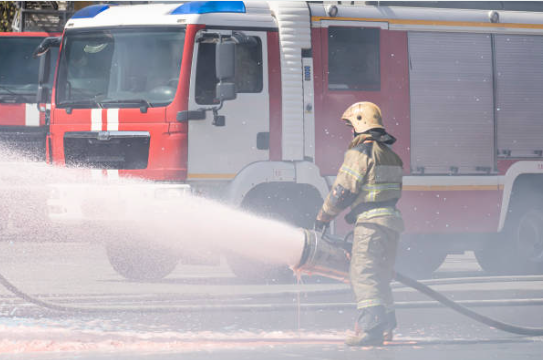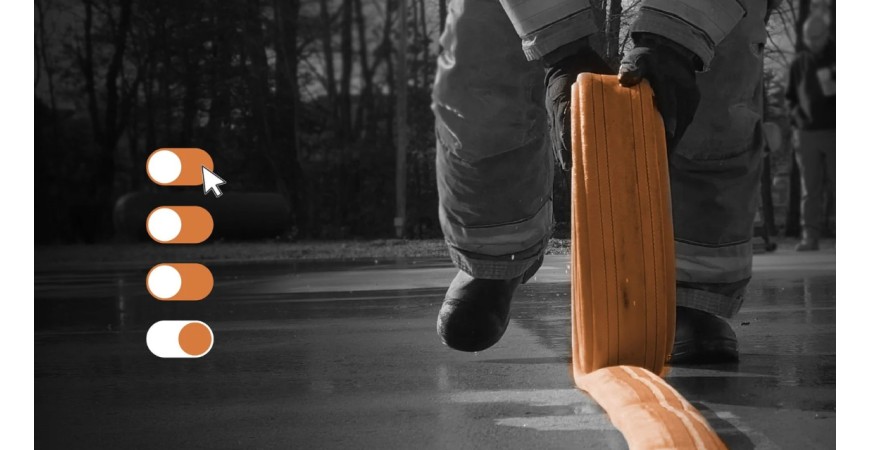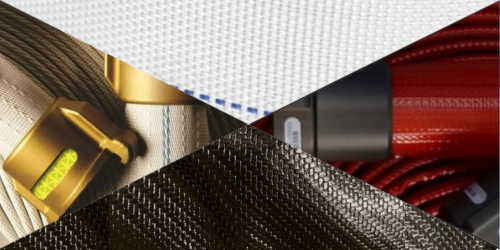How do I choose my fire hose?
When it comes to fire safety, choosing the right fire hose is essential to guarantee an effective response. Whether for professional or domestic use, a number of criteria need to be taken into account when selecting the right hose for your needs.
Determining the use of the fire hose
First and foremost, it's important to identify the intended use of the fire hose, as the needs will differ depending on whether you're a private individual, a professional or an emergency response service. A distinction can be made between :
-
Professional use: Firefighters, industry, sensitive sites and certain buildings open to the public require high-performance, resistant pipes that comply with current standards.
-
Domestic use : To protect a home, warehouse or business premises, lighter, more manageable pipes are sufficient in most cases.
Determining the use of the fire hose
First and foremost, it's important to identify the intended use of the fire hose, as the needs will differ depending on whether you're a private individual, a professional or an emergency response service. A distinction can be made between :
-
Domestic use: To protect a home, warehouse or business premises, lighter, more manageable pipes are sufficient in most cases.
-
Professional use : Firefighters, industry, sensitive sites and certain buildings open to the public require high-performance, resistant pipes that comply with current standards.
1) Choose the right diameter
The diameter of a hose is a decisive factor in ensuring sufficient water flow when fighting a fire. The larger the diameter, the greater the water flow. However, this also means a heavier, less manageable hose.
Here are the most commonly used diameters:
-
19 mm, 25 mm or DN 38 mm these pipes are ideal for domestic installations or small premises. These easy-to-handle pipes are ideal for small-scale operations.
-
25 mm, 45 mm, 70 mm, 110 mm or DN 150 mmThese are used more and more by fire-fighters and in the industrial sector. These hoses deliver high flow rates and withstand high pressure, making them ideal for intensive use.
-
Visit 25 mm can also refer to a semi-rigid hose, often used in forestry operations thanks to its flexibility, light weight and resistance to high pressure.

2) Select the right material
Fire hoses are made from a variety of materials offering different levels of strength and flexibility:
-
PVC pipeLightweight and flexible, it is suitable for domestic use. However, it may be less resistant to heat and wear.
-
Rubber hoseMore resistant and flexible, it is ideal for professional use, particularly in difficult conditions.
-
Reinforced textile hoseUsed by firefighters and industry for its robustness and durability. Designed to withstand high pressure and extreme environments.
Bare semi-rigid hose for Fire hose reel
Flexible fire fighting hose for industry
Draflite forest fire high-pressure suction hose
3) Check operating pressure
A fire hose must be able to withstand sufficient pressure to guarantee effective water spraying on the fire. It is therefore essential to check the hose's working pressure before purchase. Pressure levels generally vary between :
- Less than 10 bar suitable for domestic installations, offering a pressure suitable for small-scale operations.
- 16 to 20 bar ideal for professional and light industrial installations, offering sufficient pressure for occasional use.
- Up to 25 bar recommended for professional applications requiring a powerful spray and extensive coverage, suitable for intensive use.
4) Compatibility with fittings and equipment
A fire hose doesn't work on its own: it must be compatible with existing equipment, such as fittings, fire hoses, motor-driven pumps or hydrants. The most common fittings are :
- Guillemin symmetrical fitting used in industry and the public sector for its simplicity and speed of assembly, with watertightness ensured by the use of two knotted keys.
- Fitting symetricDSP (Public Safety Division) french standard for firefighters, guaranteeing a secure, reliable connection. The term DSP sometimes also refers to "Delieuvin Spécial Paris", a connector originally marketed in Paris and used by the French fire service. It can be locked by hand.
- Storz couplingStandard in Europe, of German origin, often used for fast interventions thanks to its efficient locking system.
-
Screw fittingPipe fitting: a device used to connect two pieces of piping, thanks to a threaded system that allows them to be screwed together, ensuring a solid, watertight connection. This type of fitting is commonly used in various systems, such as plumbing and industrial installations, to ensure a reliable, easy-to-maintain connection. (Widely used in the USA)
5) Take into account resistance to external conditions
If the hose is to be used outdoors, it must be resistant to UV rays, chemicals and extreme temperatures. Some models are also treated to prevent the growth of mold, which enhances their longevity.
It is therefore important to check :
-
Resistance to weathering and UV rays to prevent premature aging.
-
The pipe's ability to withstand high or low temperatures without deteriorating.
-
Smooth inner lining to prevent deposits and guarantee constant flow.
6) Fire hose maintenance and storage
Good fire hose maintenance is essential to ensure its durability and proper operation in an emergency. Here are some practical tips:
-
After each use, rinse the hose with clean water to prevent the build-up of debris or chemicals a pipe washing machine if available.
-
Regularly check the hose for cracks and signs of wear.
-
Test the pipe periodically to ensure its condition and strength.
-
Drain or dry the pipe, depending on the type of lining.
-
Store the hose in a dry place, away from direct sunlight and extreme temperatures.
-
Wind the hose correctly to avoid twisting and extend its life.
The choice of a fire hose depends on a number of criteria, from its intended use and operating pressure to its diameter and material. For maximum efficiency and safety, we recommend that you choose certified equipment that complies with current standards. Whether you're a private individual looking to make your home safer, or a professional looking for high-performance equipment, taking the time to choose the right fire hose will ensure better protection and greater responsiveness in an emergency.
Security
When a company equips itself with fire hoses, safety must be an absolute priority. In the event of sudden overpressure, particularly as a result of water hammer, a poorly protected hose can burst, leading to the risk of serious injury and material damage. To avoid this, it is essential to useanti-whiplash cables, which prevent the pipe from becoming a projectile in the event of a rupture.
What's more, choosing pipes with a bursting pressure suited to the constraints of the network limits the risk of rupture due to water hammer. A well-secured installation guarantees the protection of your teams and the reliability of your equipment during emergency interventions.
Need advice on selecting your firefighting equipment?
Explore our other articles dedicated to fire safety and contact our MMF experts for personalized assistance on 04 78 00 00 25!
On each MMF fire hose sheet, you can customize your choice according to diameter (DN), length, connection type, hose type, use, and much more.
https://www.youtube.com/watch?v=ueamekt-W_E&list=PLHLDU8Pr3pnqYIPSnHQviDzyHEAUM8NBc&index=5
Watch the video !
See Mercedes textile fire hoses in action !
Strong, lightweight and highly resistant to kinking, they guarantee maximum water flow even under the most extreme conditions.
Watch the video to find out more about its performance in real-life situations
Contact us
Location
MERCIERES PARK,
672 Rue des Mercières,
69140 Rillieux-la-Pape
Contact
Telephone: +33 04 78 00 00 25
Email : mmf@mmf.fr
our opening hours
MON-FRI 09:00 - 12:30
MON-FRI 1:30 PM - 12:30 PM


